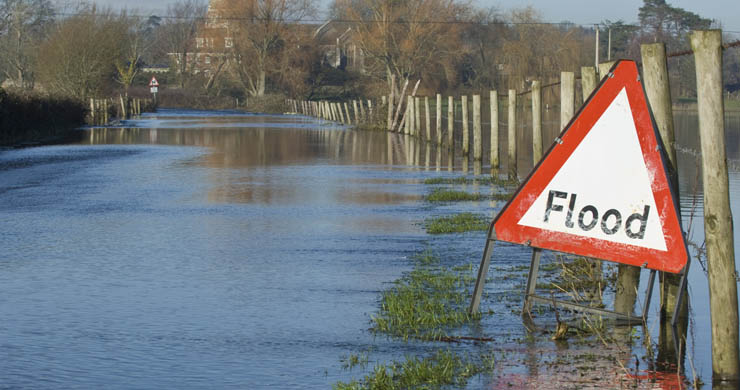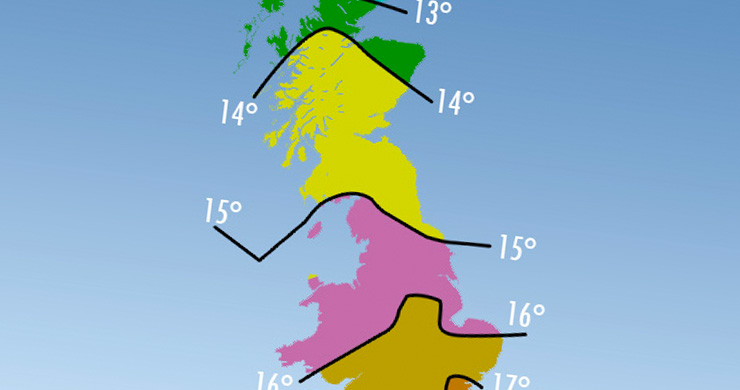Ryder Cup washout!
Golf is an ‘all weather’ sport; it can be played in the sun and even in the rain - unless you’re in Wales that is! When the Ryder Cup came to Wales, in October 2010, its organisers were hoping for some pleasant weather. But as any geographer can tell you, be careful what you plan for when it comes to Welsh weather!
Over the past few years, Wales has suffered some incredible downpours of rain and extreme weather. So, what is it about the geography of Wales that creates its unique climate and weather?
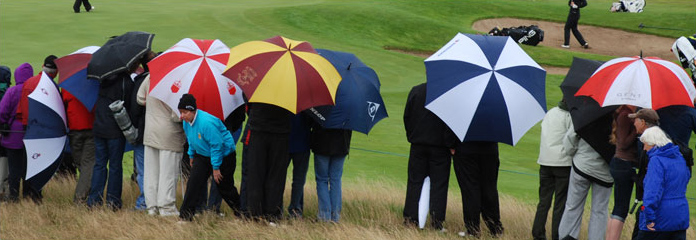
Golf Washout at the Ryder Cup
What is weather and climate?

Why do we get a lot of rain in Wales? Well, it's a pretty long story
Air carries water vapour in it (that’s water in a gas form). We get this when wind passes over and evaporates some of the Atlantic Ocean to the west. Air is always going up and down in the atmosphere. On its way up, the pressure decreases so the air expands and cools down. Every 100 meters up it can cool by about 1 °C!
High cold air can’t hold as much water vapour as low warm air so some of it has to condense. To start with, tiny droplets are formed which we call clouds but if these hit and join to each other, or when it's really cold they freeze to each other, and get big enough to fall as precipitation.
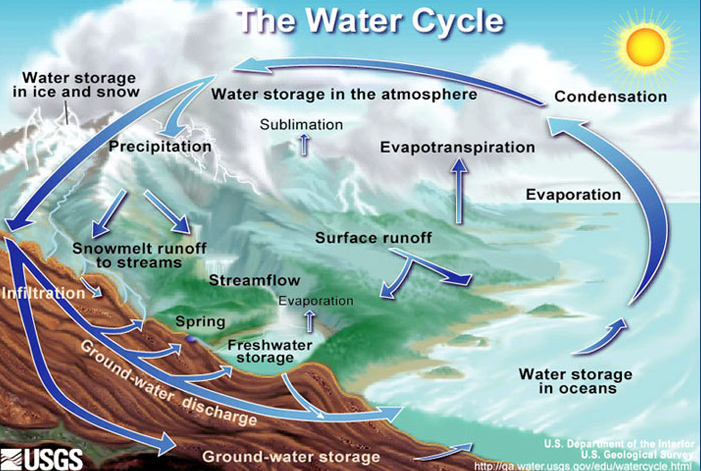
So, why does it rain more in Wales?
We have oceans nearby for lots of water vapour and loads of hills, and even occasionally warm summer days to push air upwards (called convection) to start the process off. But, we also have fronts!
What are fronts?
Wales is located in the mid-latitudes, just over half way from the equator to the North Pole. Because of where we are in the world, right above us warm air from the tropical regions meets cold air from the polar regions. These different types of air don't easily mix and the boundary between them is called a front.
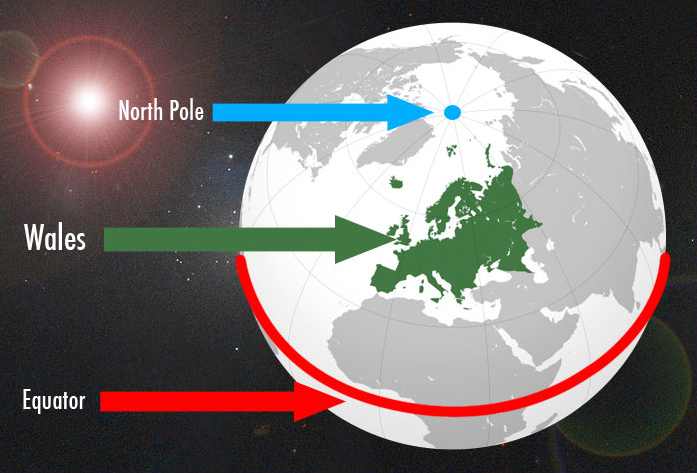
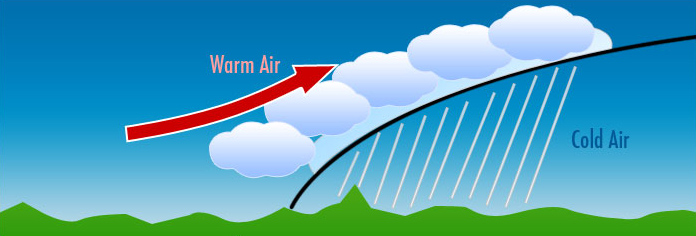
An example of a weather front
How do fronts cause rain?
Cold polar air is heavy so it pushes under the warm tropical air and up it goes to get colder. As you know, cold air just ‘can’t hold its water’ and since we get lots of fronts crossing over us from west to east, in depressions, we also get lots of frontal rain.
What is a front?
Fronts were first observed by scientists during the First World War. They got their name because they acted very much like the armies: they were opposing each other, but faced each other along a line of trenches called a front.
They decided the two different types of air were behaving in the same way and so the name has stuck ever since.
Why do Eastern parts of Wales get less rain?
After the air has been forced to rise, it causes relief rain over hilly Wales to the East of the Welsh mountains. The air sinks down, warms up and then dries out. This forms a 'rain shadow' and causes nicer weather as a result.
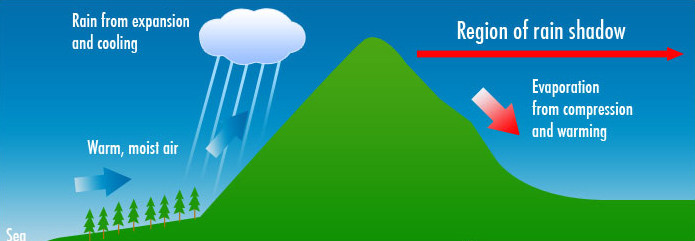
A rain shadow
What happened at the Ryder Cup?
During the Ryder Cup two different fronts hit Wales from the South causing a combination of frontal rain and relief rain on the hills North of Newport on the Friday and Sunday – unlucky, but not unusual in a wild Welsh autumn!
